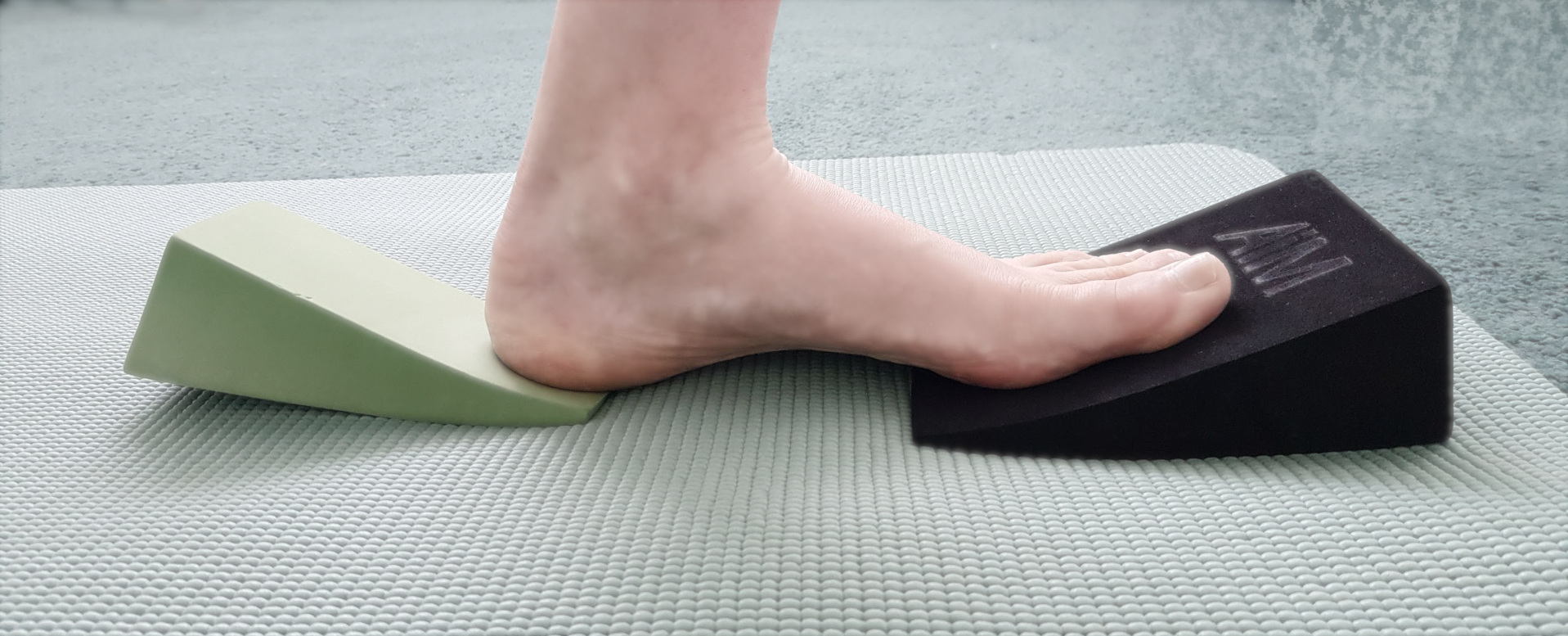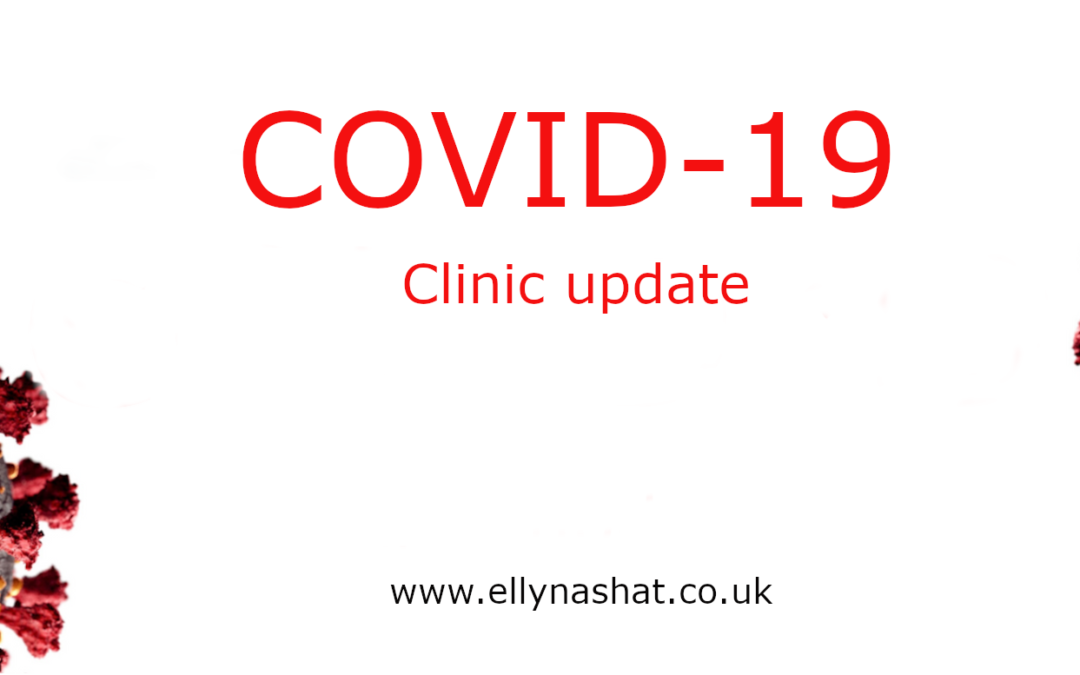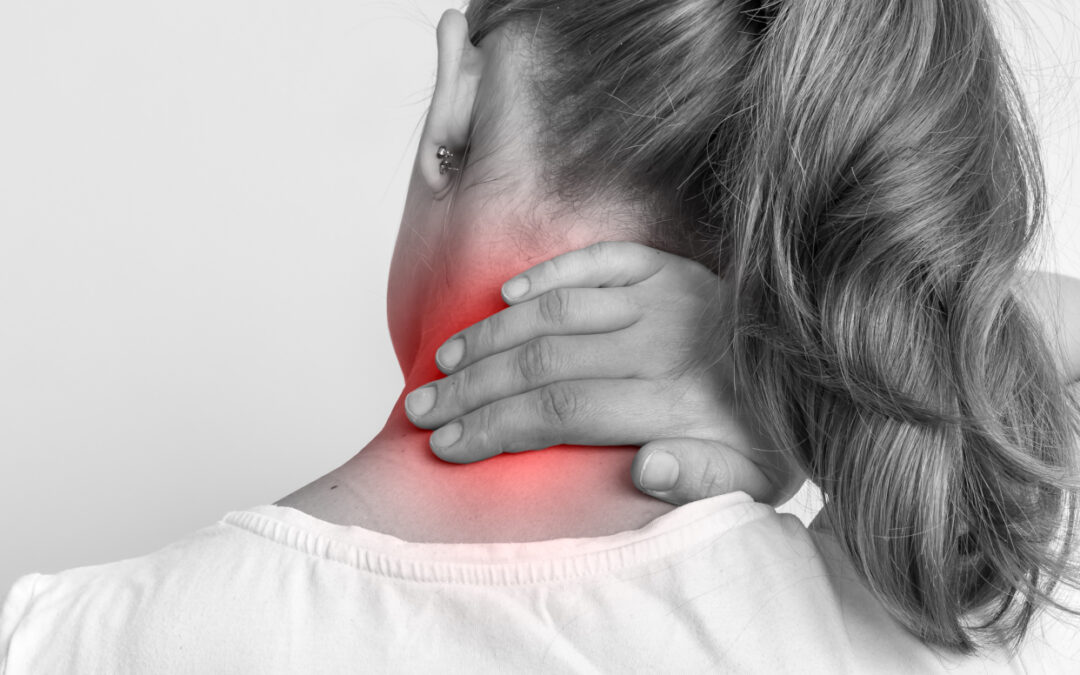 Anatomy in Motion is a movement analysis discipline analysing each joint within the human body and understanding its relationship to every other joint as an integrated whole.
Anatomy in Motion is a movement analysis discipline analysing each joint within the human body and understanding its relationship to every other joint as an integrated whole.
I was blown away when I attended this 6 day movement and gait analysis immersion course in 2016. To understand that every joint in the body moves with every footstep, and to take the time to explore my own body to actually feel this occurring was a practice changing moment. Feeling the difference in my movements when stood with my weight slightly shifted to the left versus with my weight in ‘centre’ was incredible, and to think I spend my life balancing over my left hip. No wonder that whole side gives me trouble!
I have been working ‘holistically’ since I trained but would sometimes get stuck trying to make the links of the many shifts and twists that I could see in patients fit together. I always felt there was a missing methodology to join the dots.
This gap has now been filled with a logical system that can make sense of the seemingly unrelated parts that make us whole. Suddenly my patient with a flat foot and same side neck pain made sense, and the reason it kept re-occurring is that I had not addressed the real culprit driving the problem, the foot! I couldn’t join the dots with a sound reasoning.
There is a big focus on the foot and understandably so. 26 bones and 33 joints in one structure leads to a huge combination of multi-planar movement that travels up through the body, and as the main point of contact with our environment around us it feels almost remiss to not to give this incredible structure more time and respect. A lack of movement in one joint or plane will cause excess movement elsewhere to compensate and the soft tissue system will react to this. This can present locally in the foot or in any joint right up at the head, a daunting prospect at first! but with a solid methodology to refer back to and taking the time to work it out it now seems possible to trace these pathways through the system.
Centre – A point or part that is equally distant from all sides, ends, or surfaces of something¹.
In Anatomy in Motion it is referring to our centre of mass being equally aligned through our structure and this is one of the 5 big rules of the methodology.
I start many classes helping people find ‘centre’ with weight shifting activities, but if they are naturally standing with 60% of their weight in their back right heel then this will feel balanced to them. If I got them on a force pressure plate they would be astonished to see the differences as it would feel so comfortable, the body has compensated to allow us to keep moving. However the skeletal system cannot work well if the joints are not in alignment and our centre of mass balanced. This can cause problems anywhere in the system.
Case example
If we take an example of a chronic left ankle sprain, at the time of injury the person will move their centre of mass away from the injured side, a nice skill by the body and nervous system to prevent excess load on the area. If we then continue to offload unconsciously once the injury has settled the whole skeletal system will be reacting to this new ‘perceived’ centre, and if its not picked up by either the patient or a therapist the person will continue to move in this shifted pattern, They then might present in clinic with a right sided hip impingement because their weight is shifted right and that right hip is in a constant low level impingement position. We could treat the hip and it might help, but the chance of re-occurrence is high if we don’t address the reason the hip is impinging, i.e. not loading the left side due to old injury. We can start to see the value of this approach in scenarios like this.
I am a firm believer there are many ways to skin a cat, and no one approach will be the answer to every patients problems, but rather than just a soft tissue approach dealing with the ‘tight’ muscles and fascia or a rehab approach dealing with the ‘weak/inhibited’ muscles I can now also look to the joints as the instigators of movement , and the effects this has throughout the kinetic chain.
On a higher level again, the way we move and hold ourselves is in part a result of the central nervous system. Our past experiences, injuries, self perception and habits drive the repetitive patterns we make. If we are to make lasting change we need to optimise the structure and groove new neuro-muscular patterns to prevent relapsing into old ways. It takes time and active participation by the patient to change habits of a lifetime but the effects can be mind blowing.
“The goal of an AiM practitioner is simple: to help you to bring your own body into alignment and create an environment in which the healing can begin.” Gary Ward, AiM Founder.
Website: http://www.findingcentre.co.uk/
References:
¹https://en.oxforddictionaries.com/definition/centre




